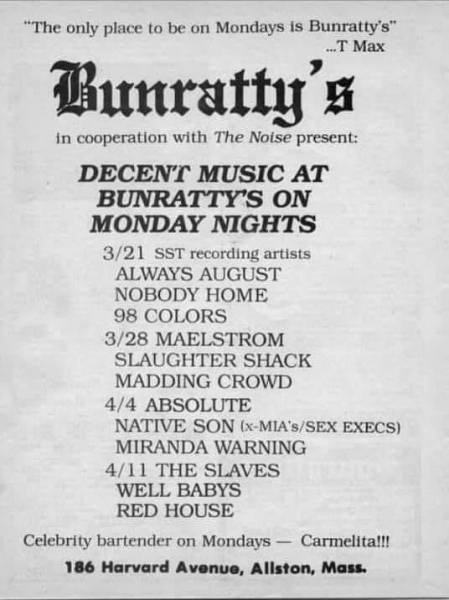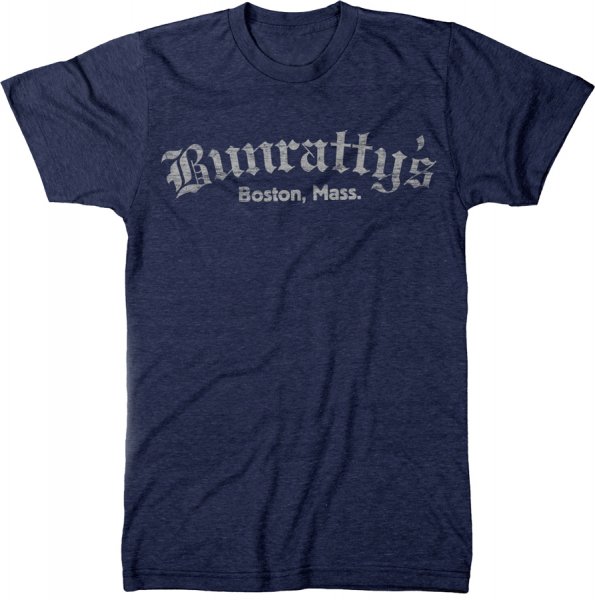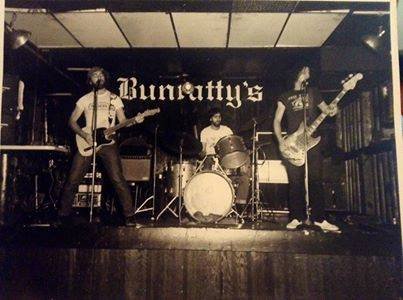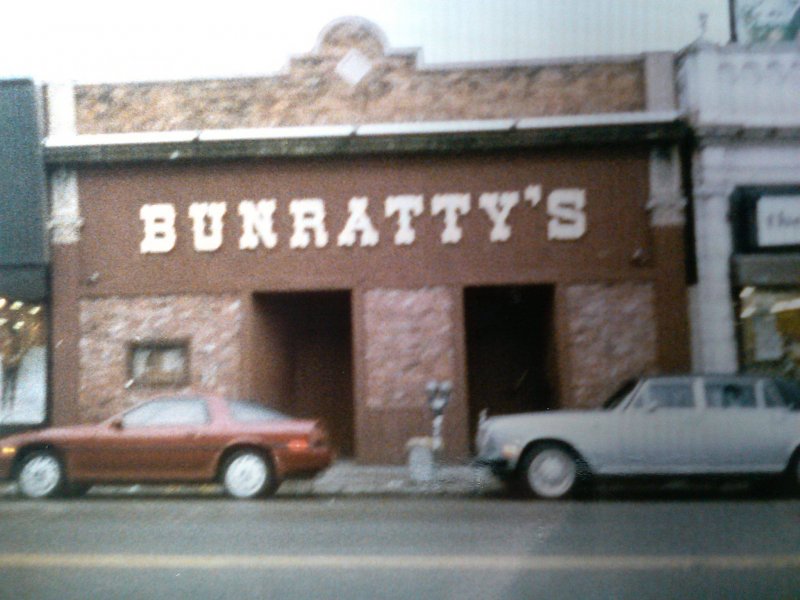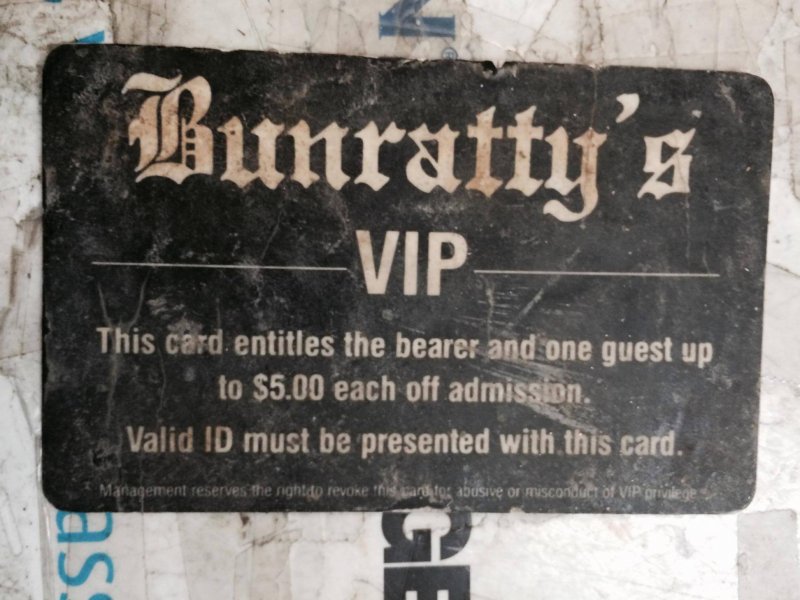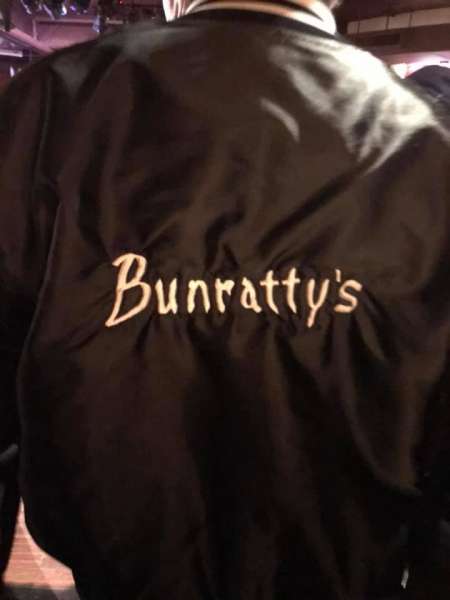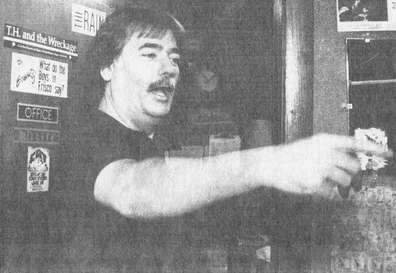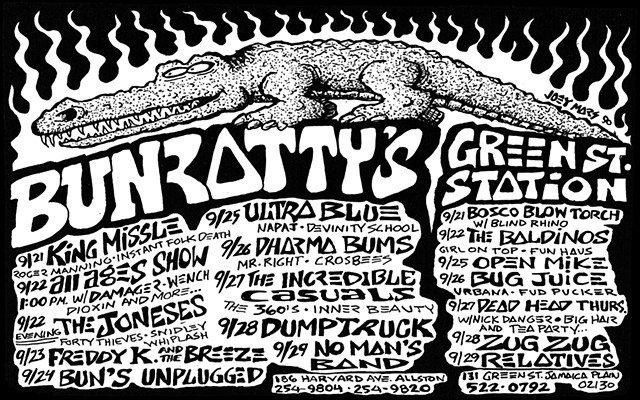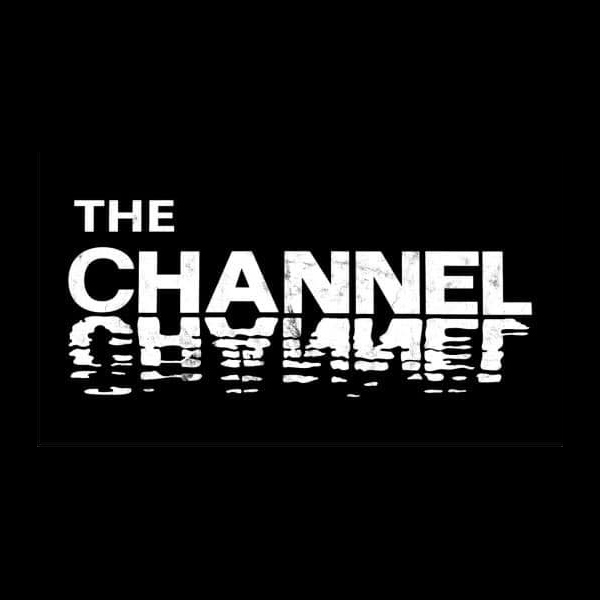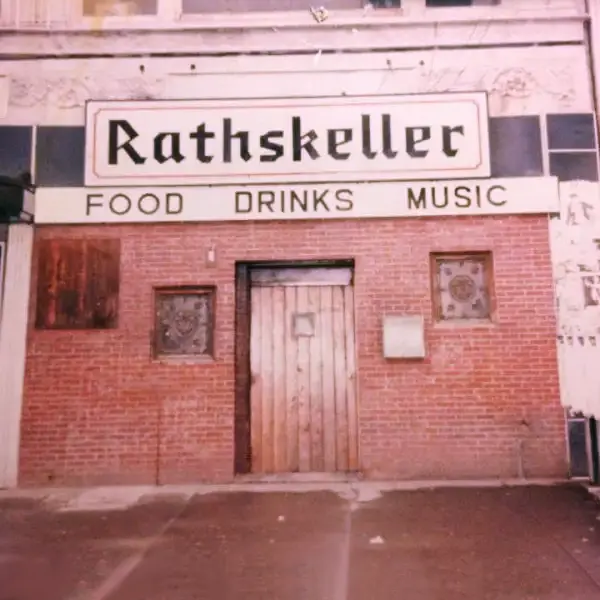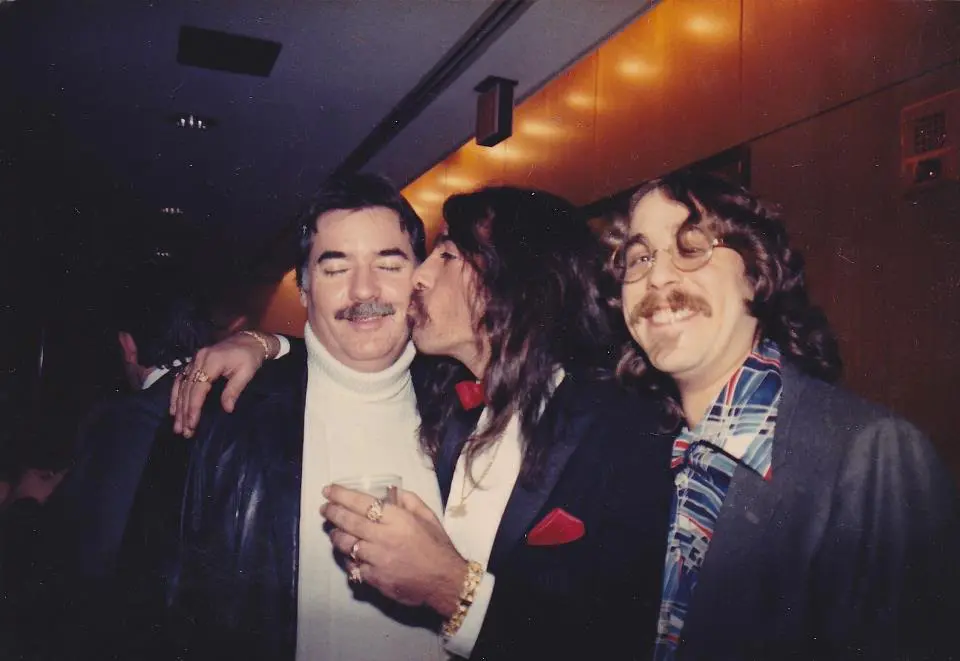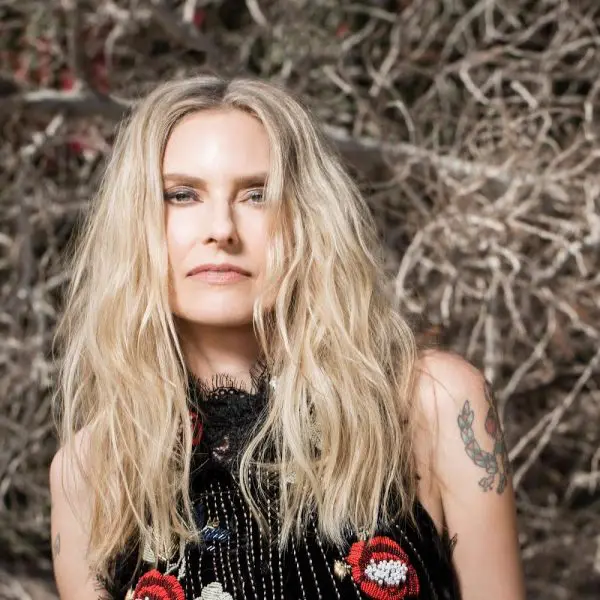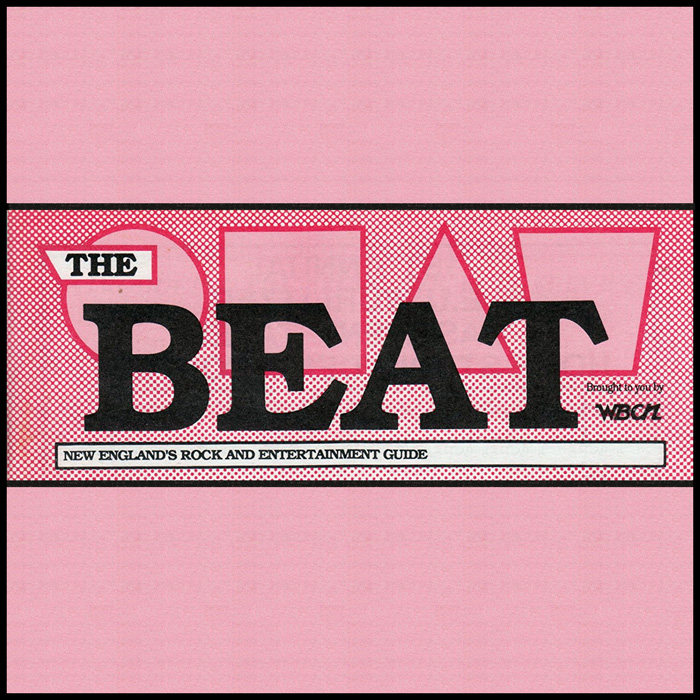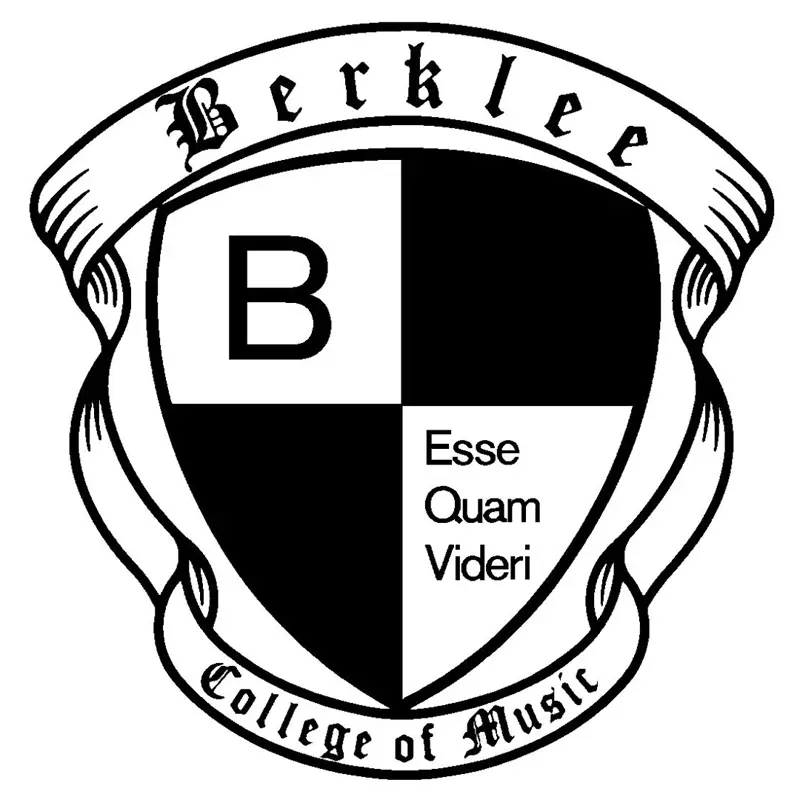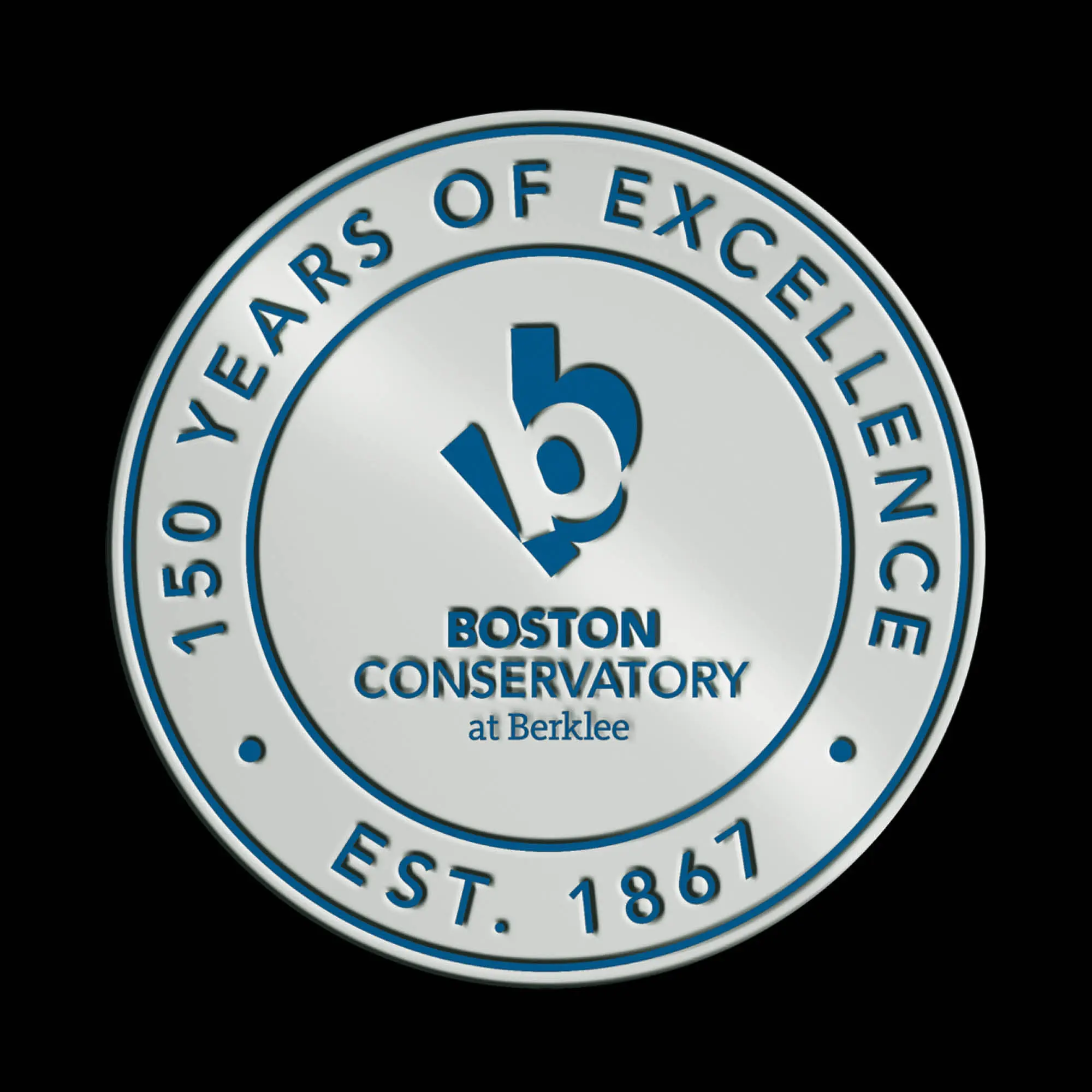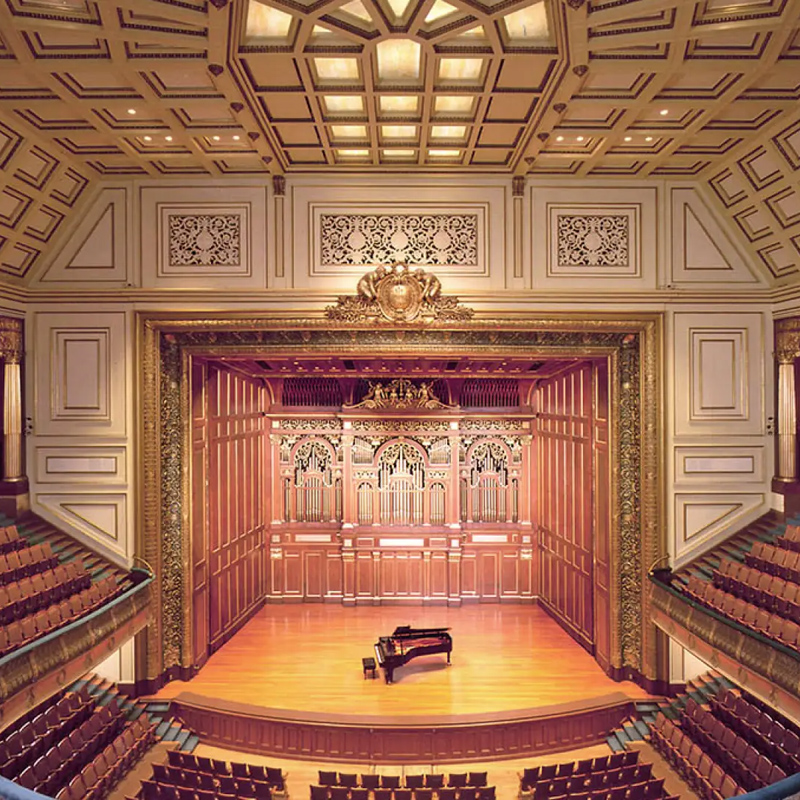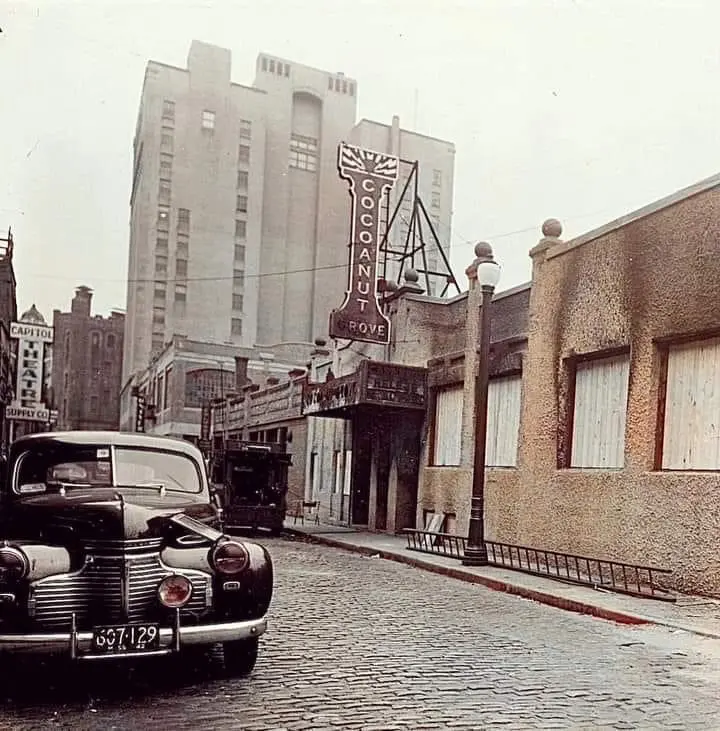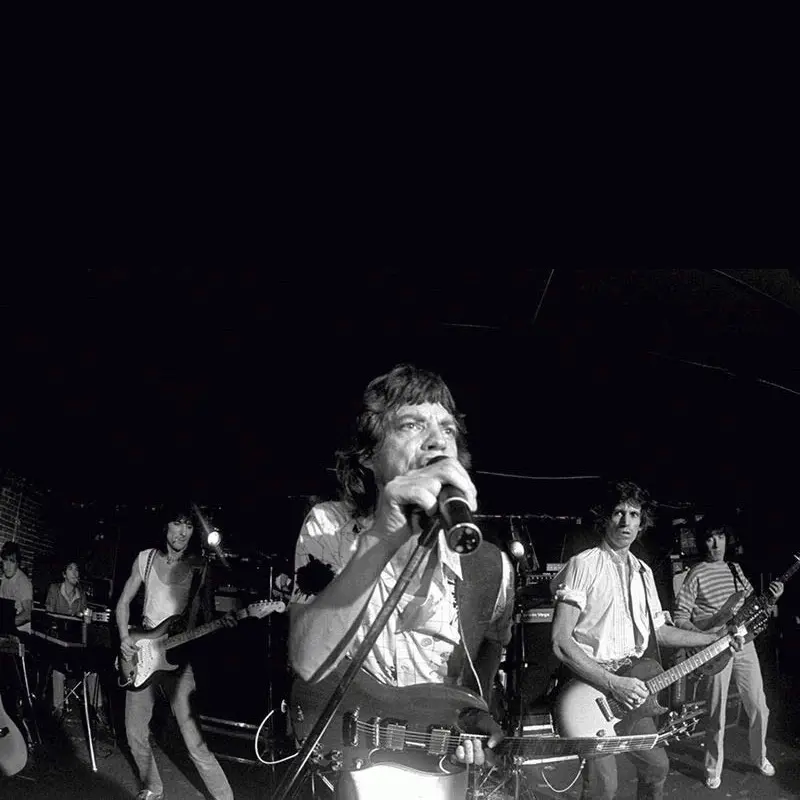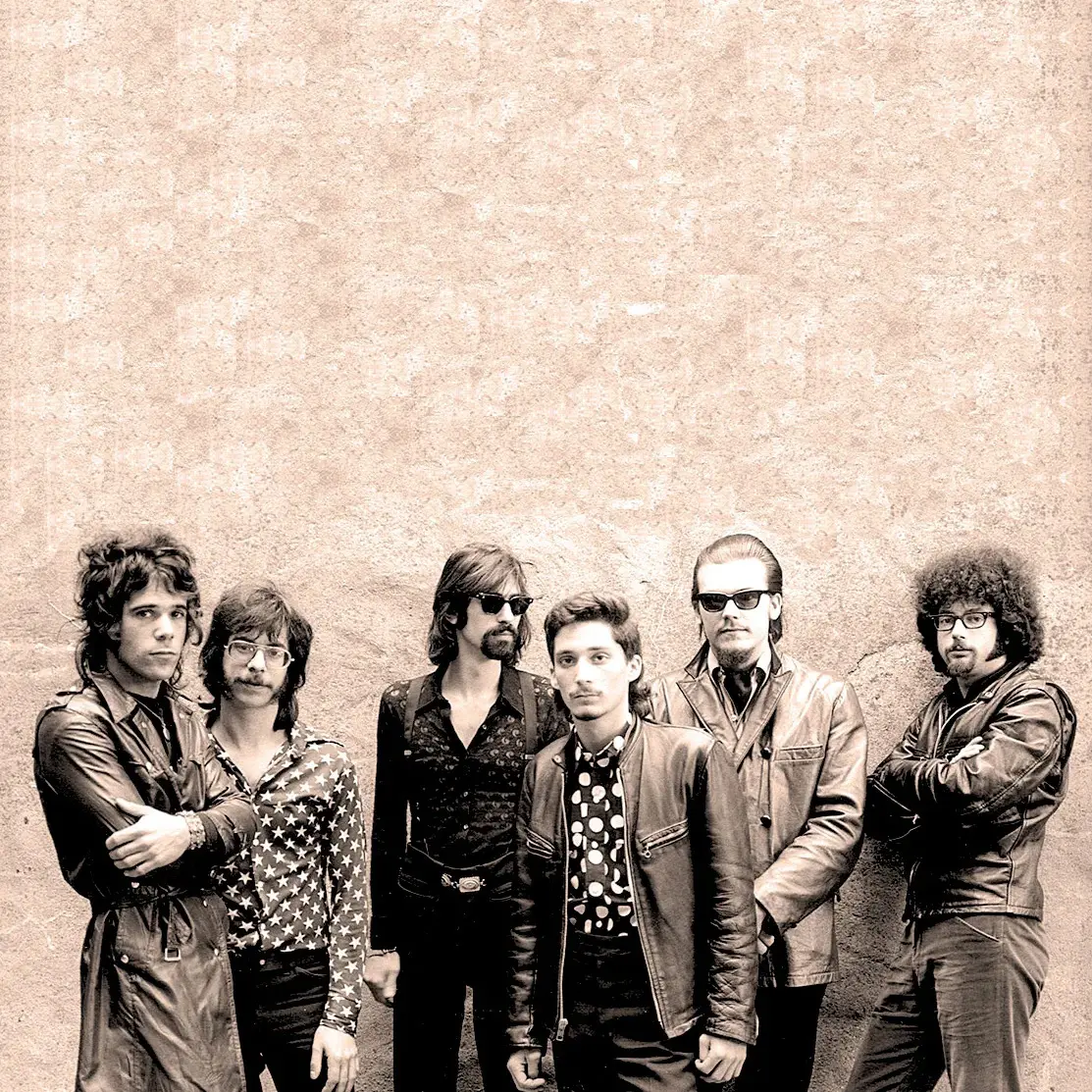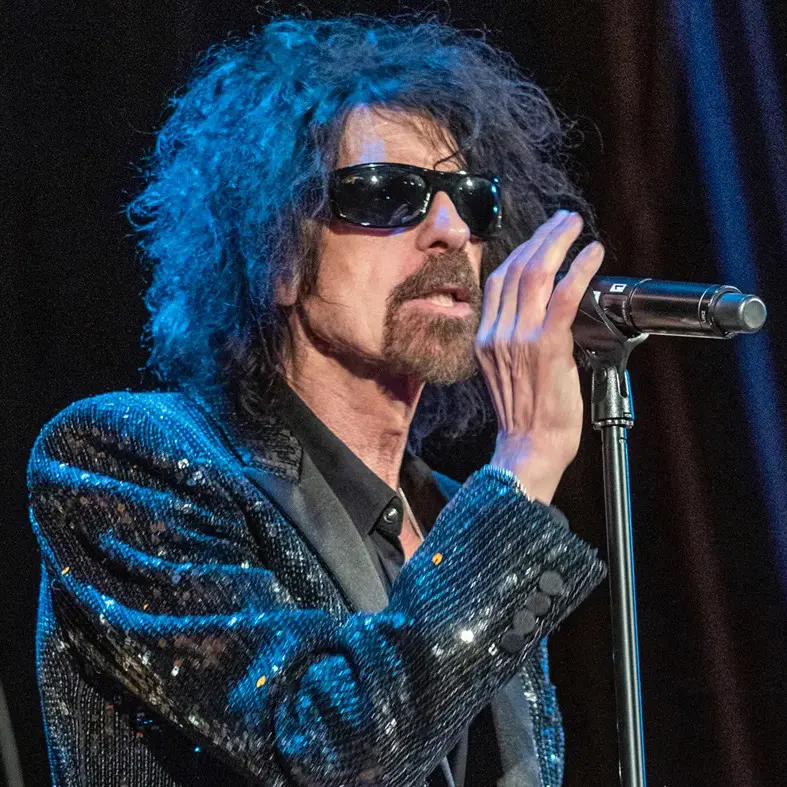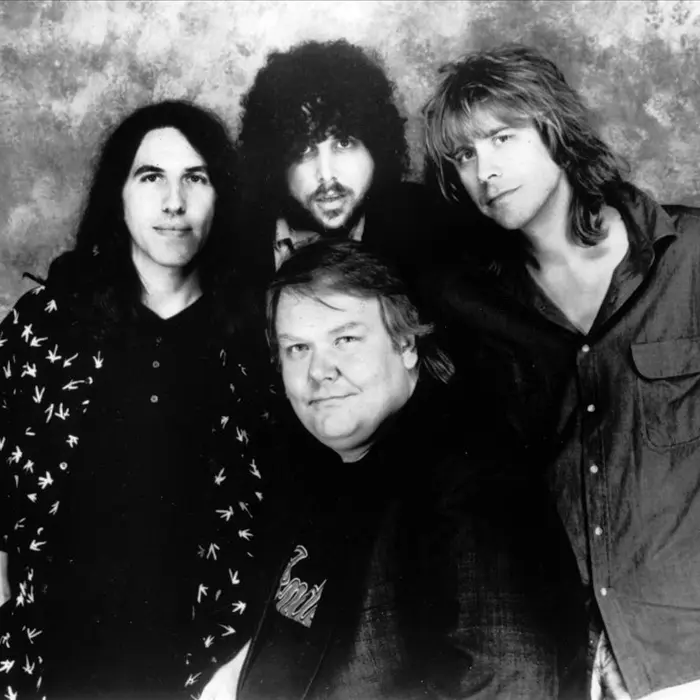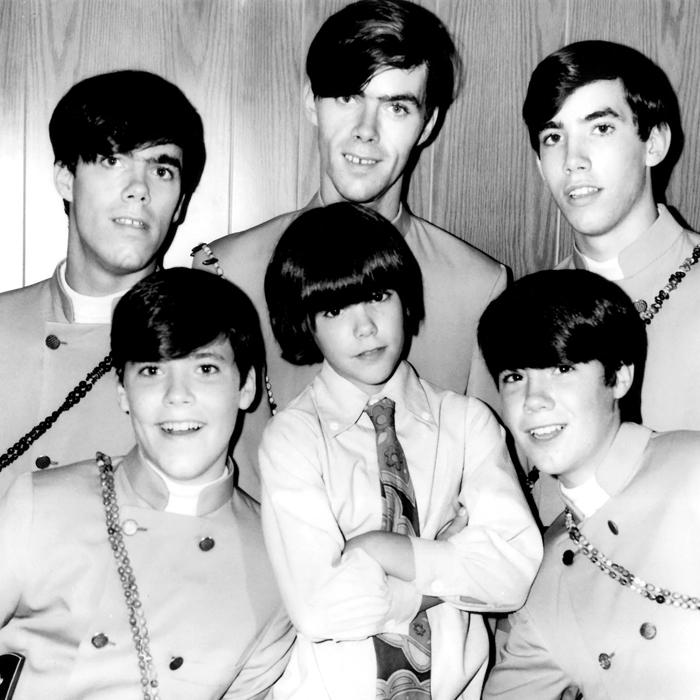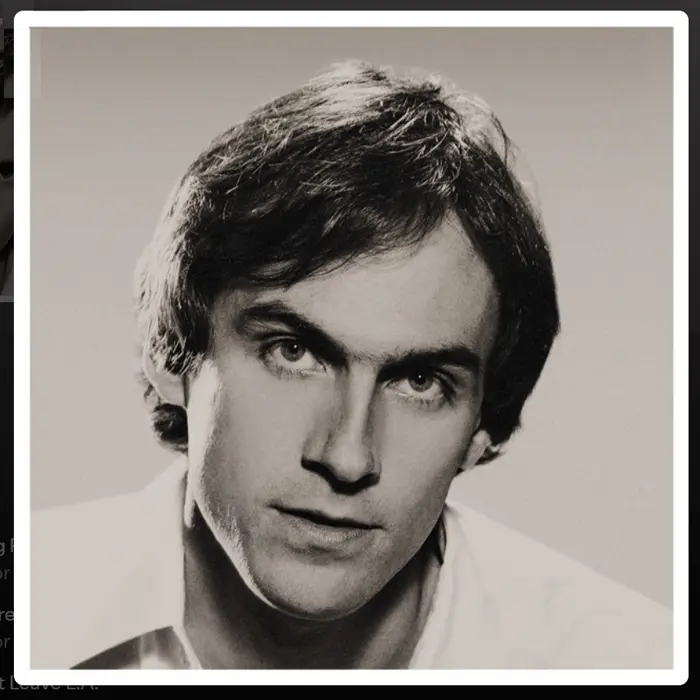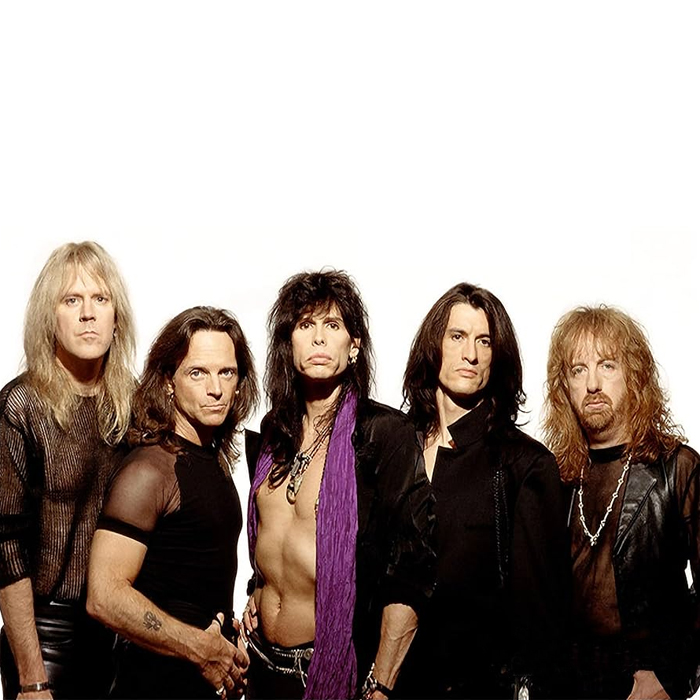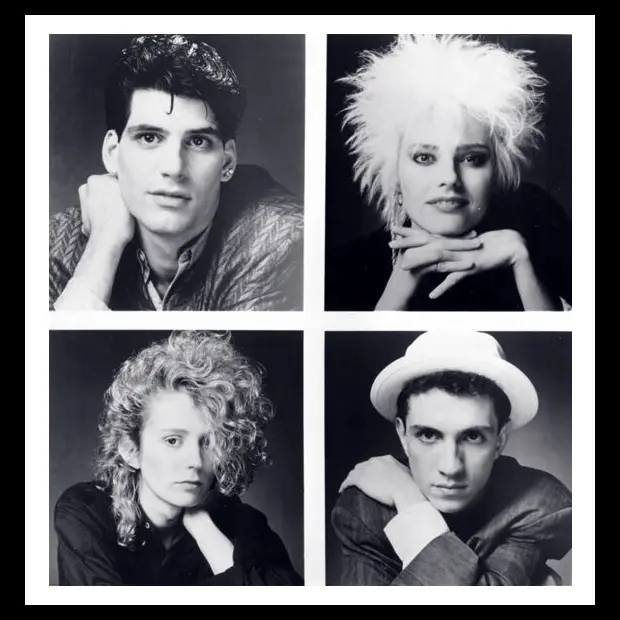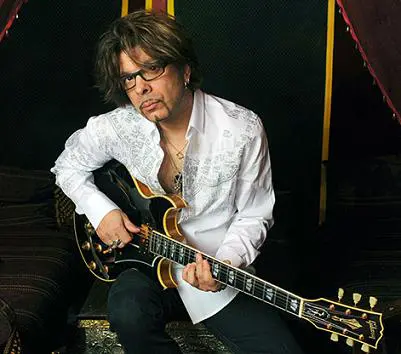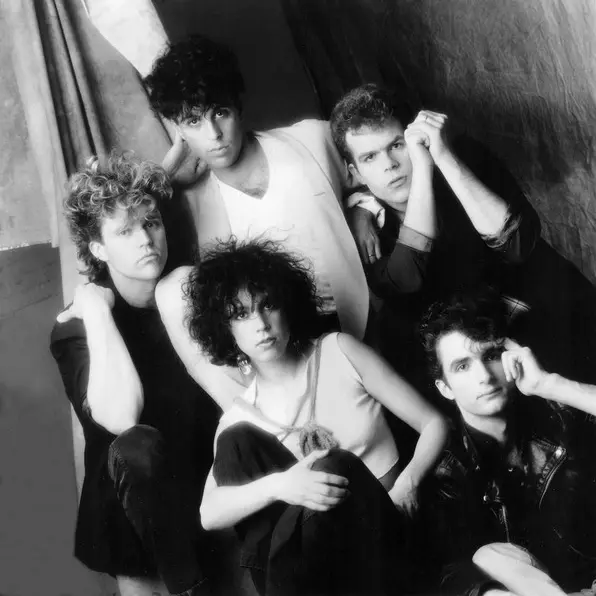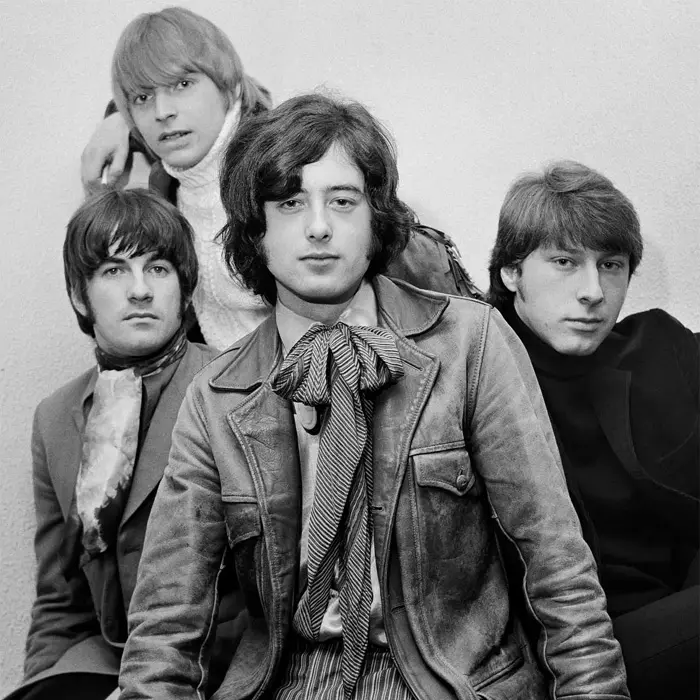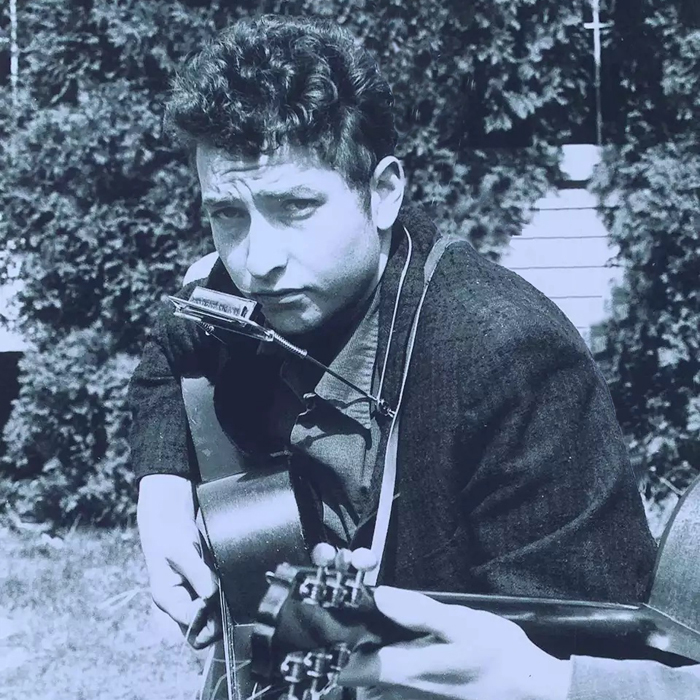Bunratty’s/Melody Lounge/Local 186/The Wonder Bar
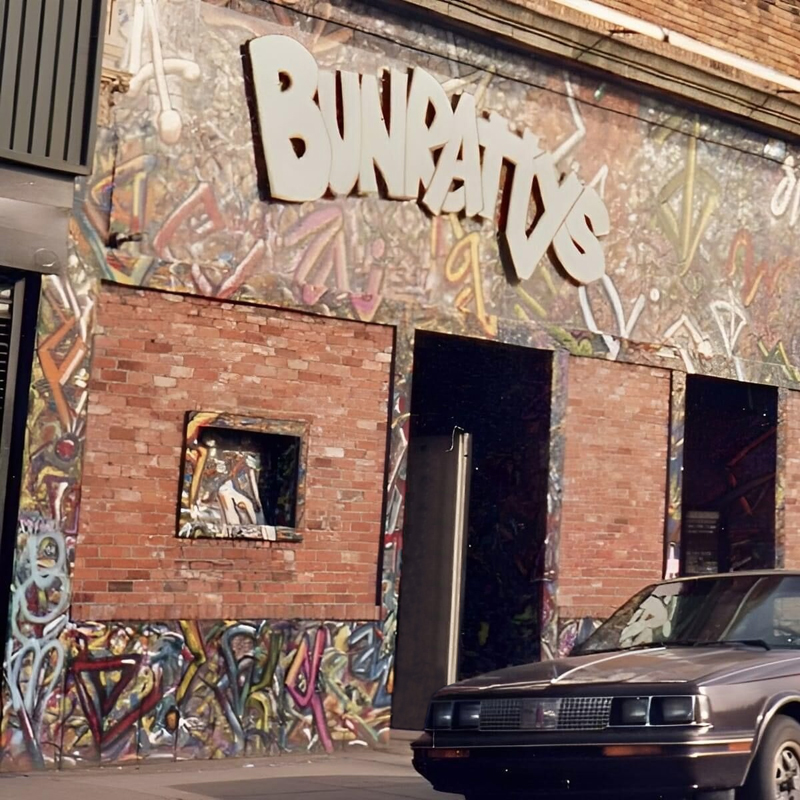
The brick building that housed Bunratty’s at 186 Harvard Avenue in Boston’s once-heavily Irish Allston/Brighton neighborhood was built in 1920. It was first used as a vaudeville theatre, then morphed into a movie theater as vaudeville’s popularity waned and then transformed into a bar named after an Irish castle. Dennis Mullins bought that bar in 1969, called it Bunratty’s and held a grand opening party on September 10th that year.
In its heyday, the venue hosted at least two and as many as four bands a night, seven days a week, 365 days a year, presided over by Mullins, who you could say was an “interesting” character. He once took out his pistol in an after-hours moment and, in full view of a small group of friends, regulars and employees doing clean-up, shot several bullets into the mounted moose head hanging on the wall behind the main bar.
Mickey O’Halloran, Dave Gee, The Beat
Much of Bunratty’s success can be attributed to Mickey O’Halloran and Dave Gee (Giammatteo) since they were the managers and booking agents in the venue’s great years. They also owned The Beat, a weekly fanzine that covered the Boston music scene. During one of the best periods of entertainment in the Massachusetts music industry, Bunratty’s personified a time and an era where local artists shared the attitude that everyone – performers, production crews, club owners, employees, the entertainment press, fans, groupies – were on the same team. And “Bunz,” as Bunratty’s was known, was one of the most important places in the area to play and to be seen.
The ’70s, ’80s and early ’90s were the perfect time for the venue to be around, since Boston – being a multi-college town with three acclaimed music schools (Berklee College of Music, Boston Conservatory at Berklee, New England Conservatory) – attracted students from all over the world who brought their talents and people had enough disposable income to support the overflow of excellence. The physical layout was just a stage, a bar and restrooms on the main floor and another bar and more restrooms downstairs for when people needed a break from the constantly hectic, always loud space upstairs. In the back was an alley for bands to load in and everyone who hung around there shared their stories of sex, drugs and rock ‘n’ roll and cops.
Abel Harris murder, Ownership changes, Name changes
In August 1987, roller-skating doorman Abel Harris was murdered by an angry patron and Mullins sold the bar to his girlfriend and accountant Lorraine Curtis the following year. On the night Harris was killed, the metal band Bang was playing and many people in the packed place thought the gunshot they heard was a part of their show. Shortly after the tragedy, Gee quit and Mickey O returned to help restore a sense of normalcy (and increase the immediate and drastic drop in attendance and revenue).
In the early 90s, Curtis turned management over to George and Doug Mellen, the father and son team who’d previously owned the punk and new-wave club Green Street Station in Jamaica Plain, with the understanding that they would renovate the premises and buy it. During their time as owners, the Mellens changed the club’s name to the Melody Lounge, named after the basement club within the Coconut Grove nightclub that burned to the ground in 1942 (which those who knew Boston’s history said created a negative vibe). After Curtis took back ownership from the Mellens, she sold it to Patrick Lyons of The Lyons Group – who had a semi-monopoly on clubs in Boston at the time – and in 1993 they renamed it Local 186 (after its 186 Harvard Avenue address).
In September 2005, current owner Noah Eisendrath took ownership and changed the name to The Wonder Bar. Due to the realities of the digital age and the drastic change in the neighborhood’s residents (from mainly Irish families to a sort of college-student ghetto), Eisendrath stopped hosting bands and switched to deejays to accommodate the change in patrons, the higher cost of operations and the much stricter alcohol laws. The place is still vibrant and still packed, but in a different era and with a different name.
Notable appearances
Among the artists who appeared at Bunratty’s before becoming famous are Johnny A. (The Streets, Hidden Secret, Hearts On Fire), who’s now part of The Yardbirds; Stu Kimball (Face to Face), who’s has been in Bob Dylan’s recording and touring band forever; Aimee Mann (‘Til Tuesday); “Golden Joe” Baker, the Elvis impersonator at Bunratty’s before his Las Vegas success; and stan-up comics Steve Sweeney and Chance Langton, who appeared at the club years before being in Hollywood movies.
Many famous artists and bands played at Bunratty’s, including Peter Tork (The Monkees), Bebe Buell (Liv Tyler’s mom and Todd Rundgren and Steven Tyler‘s baby mama), Barry Cowsill (The Cowsills) in The Allston Brothers Band, Big Al Anderson (NRBQ) and Alex Taylor (James‘ older brother). People you might have seen in a Bunratty’s audience include Peter Wolf (The J. Geils Band), who once almost had his car towed away while watching a band inside, Jimmy Miller (The Rolling Stones’ producer), Motörhead, Blind Faith and Jethro Tull, among others. Bob Gamere, the former host of Candlepins For Cash on local TV, was a sportscaster for the New York Yankees and might as well be in the Bunratty’s Hall of Fame as a notorious bad boy.
Memorable moments
There were countless magnificent moments over the years, but these are a few particularly noteworthy ones: Tex-Mex icon Joe Ely (The Flatlanders) coming in to play pool downstairs after a gig at Nightstage; Slash (Guns ‘N Roses) in a top hat coming in to check out a local band; Bono with some of his crew checking out a band the night before U2 band appeared at the Centrum in Worcester; and Jaco Pastorius (Weather Report) coming in during Danny Mo and The Exciters’ soundcheck dressed in a sleeveless basketball guinea tee shirt. After guzzling a few free beers at the bar, someone asked Jaco, “So you’re the greatest bassist on the planet?” He was the size of a hobbit and he took a jump shot as he said, “I’m an even better basketball player” before getting on stage and playing a few 1-4-5s with the band.
Another classic was when Texas Rangers relief pitcher Kevin Brown came in the night before his team was scheduled to play a short series at Fenway Park against the Red Sox. The next day, after a night of guzzling free beer, Brown was called in to protect a Rangers lead in the bottom of the ninth inning but immediately gave up a homer and lost the game. All the people in Bunratty’s cheered and wished that every incoming team’s pitchers came to the club the night before a game.
(by A.J. Wachtel)

